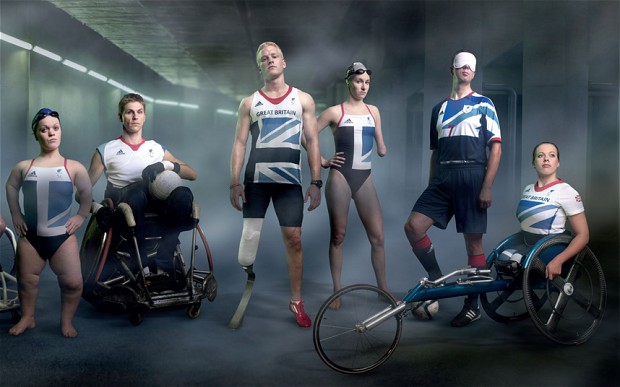An article looking at the Paralympic Games and how it has evolved over the years.
London 2012 sees the Paralympic Games come of age. Even though the games have been growing steadily since their inception in 1948 they haven’t always managed to capture the imagination of the wider population.

2012 is different – partly as a consequence of the visibility of the Beijing Paralympic Games, but also because of the success of the London Olympics too. Many considered the Olympic Games to be coming home to their modern home. The same can be said of the Paralympic Games which have their origins at the Stoke Mandeville hospital just South of Aylesbury in Buckinghamshire. It was here in 1948 that German born Dr. Ludwig Guttmann inaugurated the first sports competition for British veterans from World War 2. Dr. Guttman hosted the event at the same time as the Olympics because he wanted to create a sporting competition for people that had been disabled. Four years later in 1952 Dutch veterans joined their British counterparts thus making the competition the first international games.
Today it ranks second only to the Olympic Games as the world’s most prominent multi-sports event. Paralympic athletes come from many backgrounds. Some may have acquired their disabilities through accidents, while others will have been born with them. The main focus of the games is not to focus on the disability but on their sporting prowess.
Like the Olympics, there is also the Winter Olympic Games. The name Paralympics comes from the Greek word Para which translates as “Beside” and is a reference to the fact that the games run alongside the Olympic Games.
Because of the varied nature of disabilities there is a classification system in place. The reasoning for this is so that athletes are equally matched as best as possible. Categories include wheelchair bound, visually impaired, amputees, cerebral palsy and “others” which cover congenital disorders, dwarfism and multiple sclerosis.
There have been controversies in the past with some of the “Intellectually Disabled” athletes not actually being disabled and thus gaming the system. While such cheating was originally found in the Spanish team after a number of investigations it was found to be endemic within that category and for a time that classification was suspended. As with the main Games, drugs cheats have also been found using steroids. Paralympians have also been known to use a technique called boosting.
Many athletes have trouble raising their blood pressure. This can be a side effect of losing limbs or being wheelchair bound. Boosting can be as simple an act as not going to the toilet right up to breaking a toe with a hammer. Both actions will raise blood pressure and give a performance boost. Just like doping, it is illegal but can be much harder to police. The side effects can also be dangerous. If taken to the extreme boosting can lead to a stroke or heart attack.
The games today have been a force for good, changing people’s perceptions of disabilities. They also raise awareness and create an added boost to making the world more accessible for people with disabilities.
This article was written by David Bowden, a sports journalist with a specialism in team sports and team wear.
The Paralympics Have Come Of Age

